Map of Trade Routes
You Might Also Like:
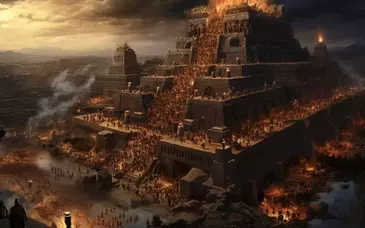
Read More
Welcome to our World History section, a vast treasure trove of historical knowledge that takes you on a captivating journey through the annals of human civilization. Our collection spans a wide spectrum of topics, providing an exhaustive resource for history enthusiasts, students, and curious minds
...
Read More
Gaius Marius Marius, Gaius (circa 157-86BC), Roman general and statesman, who led the Populares during the civil war of 88-86BC.
Caius Marius (died 86 B.C.E.)
By PlutarchWritten 75 A.C.E.Translated by John Dryden
We are altogether ignorant of any third name of Caius Marius; as also of Quintus Sertor
...
Read More
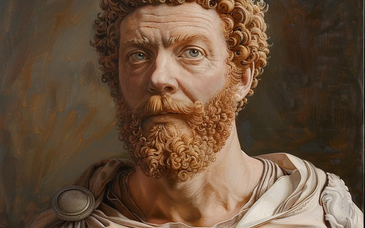
Read More
Marcus Aurelius (AD 121-180)
A great task faced Marcus Aurelius when he became the Roman emperor in AD 161, as successor to his uncle, Emperor Antonius Pius. Generations of luxury had made the patricians, or nobles, weak and selfish. The middle class was disappearing, and the working class was being...
Read More
Ancient Rome
From its founding to decline
"Remember, Roman, that it is for thee to rule the nations. This shall be thy task, to impose the ways of peace, to spare the vanquished, and to tame the proud by war."
The accounts of the regal period have come down overlaid with such a mass of myth and lege...
Read More
Ancient Rome
"Remember, Roman, that it is for thee to rule the nations. This shall be thy task, to impose the ways of peace, to spare the vanquished, and to tame the proud by war."
Flavius JosephusAD 72When Bassus was dead in Judea, Flavius Silva succeeded him as procurator there; who when he saw t...
Read More
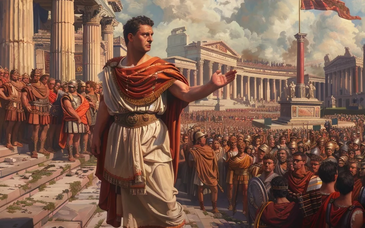
Read More
The Latin words res publica which mean 'commonwealth' or 'state' is the source of today's term 'republic'.Rome was never a democracy as we would understand it today, nor as the Greeks understood it. For Roman society and the power within it was firmly divided by class.Most obviously, there was a div...
Read More
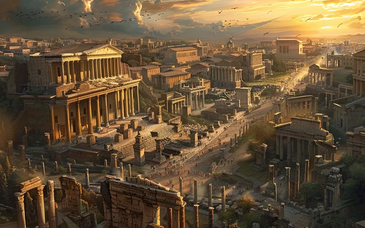
Read More
Ancient Rome was a powerful civilization that existed from 753 BCE to 476 CE. It was located in the central part of the Italian peninsula and was known for its military prowess, political and legal systems, and architectural and engineering achievements.
Ancient Rome is considered to be one of the m...
Read More
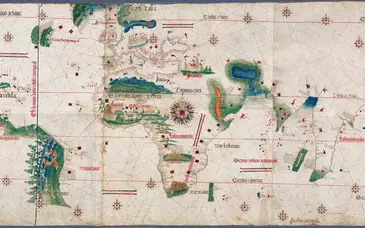
Read More
Portuguese ahead of other Europeans in Africa and Asia
Portuguese Maritime TradePortuguese inland in Africa in the early 1500sExpansion and Slave Trading from Luanda
Portuguese voyages: places with first arrival dates
Portuguese Expansion in the early 1500s
By 1500, the Portuguese had already sailed...
Read More
The year 12 CE might not be the flashiest moment in Roman history, but it offers a fascinating snapshot of a powerful empire in its prime. We're not quite at the reign of Trajan, the period of maximum extent, but let's delve into what the Roman world looked like in this specific year.Augustus: Stil...
Read More
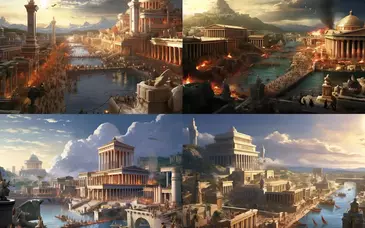
Read More
The Roman civilization was one of the most influential in world history, and its impact can still be felt today in areas such as politics, architecture, language, and law. The Roman Republic, which was established in 509 BCE, was the first known republic in the world, and it laid the foundation for ...
Read More
Rome, as the capital of the Roman empire, was the most important city. The city grew and so it became occupied by important buildings. These buildings are all built close to each other making a center for entertainment and other causes like political leaders going to the Forum. These buildings are t...
Read More
The Coliseum - a comparison of pictures taken during the 1960s and in August 1996...
A Timeless Icon: The Colosseum Then and Now
The Colosseum, a symbol of ancient Rome's power and grandeur, continues to captivate visitors centuries after its construction. Comparing photographs from different eras o...
Read More
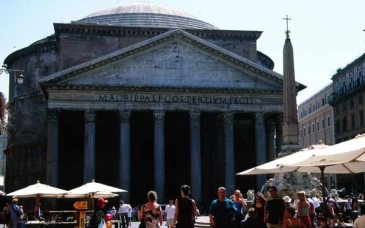
Read More
The first time I saw the Pantheon, it seemed huge. The roof high above me with the light coming in lines was incredible as I had not yet seen such an incredible structure. When I went on the eleventh grade field week I saw it from the outside and even though I have grown I am still amazed at its bea...
Read More
The Forum
The forum was made with two Insulae put together. There are a few temples in the Forum. They are the temples of Jupiter, Juno and Minerva. The other side of the forum was a place to meet for people. They could be found in every town. In Italy the milestones indicated the distance of the cl...
Read More
Pompeii was a city built more than 2000 years ago which got covered in ash from when the Vesuvius erupted. The people died intoxicated by fumes coming from the eruption.
"To us at distance it was not clear which mountain was belching out the cloud, but it was later discovered to be Vesuvius. In form...
Read More
Lucius Aurelius Commodus on 31 August AD 161 at Lanuvium, roughly 14 miles south-east of Rome.Of the fourteen children of Marcus Aurelius and Faustina the Younger, Commodus was the tenth. He was born one of twins, though his twin brother died when he was only four years old. He was given the Commodu...
Read More
Lucius Domitius Aurelianus was born of poor parents on 9 September AD 214 in Lower Moesia.His father was a tenant farmer of a wealthy senator Aurelius, after whom the family were named.
Aurelian rose through the ranks of the army, serving with distinction on the Danube frontier.By AD 268, when Aureo...
Read More
As in any large society with growing sophistication and complexity there arises the need for ever more governmental offices to oversee and regulate aspects of life.In the Roman Republic the following offices were created in order to deal with the expanding demands on government.
Consul (Head of Sta...
Read More